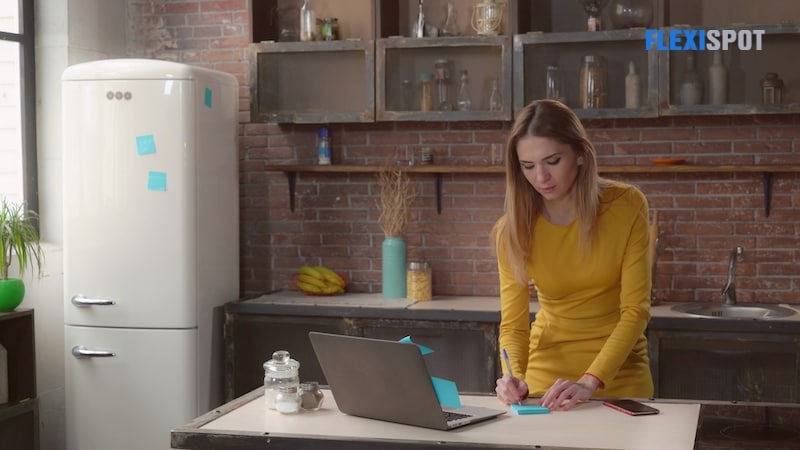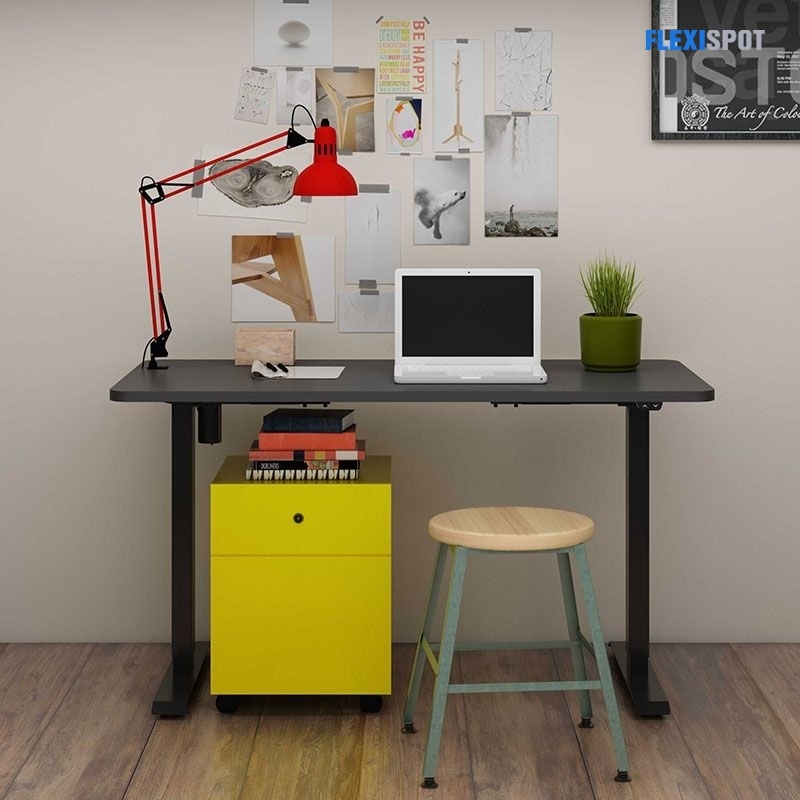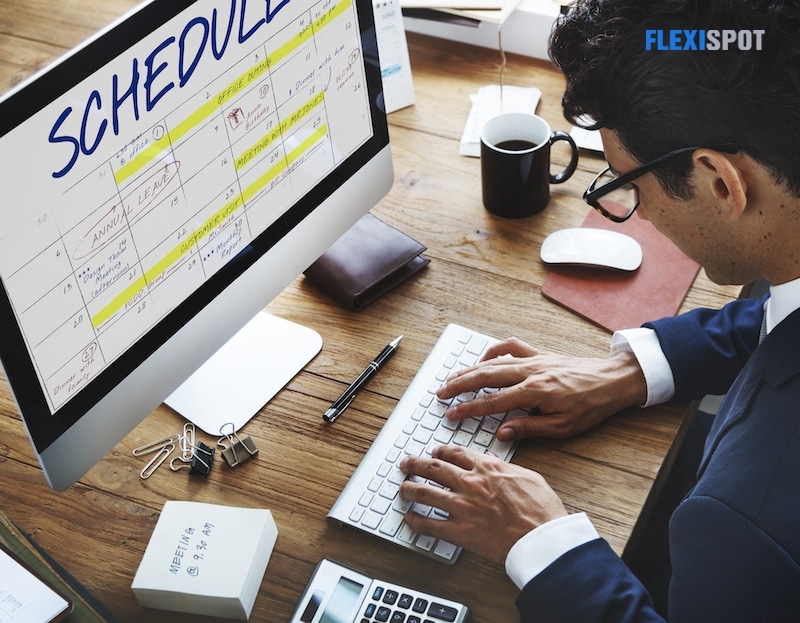Every day, we are bombarded with numerous distractions, ranging from Zoom meetings that impede our work to a constant bombardment of social media feeds. By the end of each day, you may feel that you have accomplished nothing and that your to-do list is now lengthier than it was at the start of the day. With all of these interruptions and disruptions, it can be hard to concentrate and complete tasks. And rather than being productive, you may feel unorganized and disconnected. Accomplishing a task can seem daunting or inconceivable if you have attention deficit hyperactivity disorder (ADHD).
Michael Phelps, a multiple gold medalist in swimming, has ADHD. Many other successful and famous people also do. If you have this, you are in excellent company, which should lift your spirits. While scientists and psychiatrists differentiate between ADD and ADHD, the boundaries between these two diagnoses are frequently blurred, so don’t get too wrapped up in the distinctions suggested by a single letter.
According to lifehack.org, the following are the common traits of individuals with this condition:
Challenges
You have trouble concentrating on schoolwork, and you may take much longer than others to fulfill reading and writing tasks.
You can be troublesome in school, but this usually fades by the college.
When you become absorbed in something that piques your interest or stimulates you, you’ zone in’ like no one else, and it may be hard for you to ‘break’ from that task and shift gears.
In the workplace, you may find it difficult to concentrate on projects or tasks, especially those with many phases or stages.
Amazing Attributes
Profoundly creative
Highly intelligent
Compassionate and empathetic
Joyful in simple pleasures
Out-of-the-box thinker
What You Can Do
If you have ADHD and are curious to stay productive, here are some pointers to get you started. Experiment with each approach until you find the one (or ones) that work best for you.
Plan Your Day
Rather than waking up and struggling to figure out what you’ll do, plan your day the night before. Position it in a prominent spot where you can notice it first thing in the morning, such as your bedside table, bathroom wall, or closet. You’ll remember precisely where to begin your day this way.
Start with Something Relaxing
Start your day with something enjoyable to take your mind off the dread. It could be a delicious breakfast, some morning workout, or a video call with a friend or teammate to get you thrilled about your task or project.
Designate a Work Zone
Keep your workspace apart from where you eat, sleep, and engage in recreational activities if you work from home. Find a quiet location that is free of clutter and physical temptations. Set up a workstation near a window with a peaceful view of trees or water. When you sit in your work area, you train your mind to equate it with business. When you take a step back, your mind can switch out and call it a day.
Break Down Tasks
When you’re ready to begin, start small as in, very small. You can make almost any endeavor more bearable by breaking it down into smaller parts and assigning due dates to each of those parts. When you have a task that requires more than one step, divide it into one piece at a time. Make a note of each step so that you can proceed in the correct order.
Succeed at Your First Task
Plan your day’s tasks deliberately so whenever you need a win, it’s ready and waiting for you. Organize your workday so that you do the simplest task first. You’re already setting yourself up for success. You’ve completed something, and now the big challenge in front of you doesn’t seem so daunting. Crossing something off your to-do list will give you a buzz and allow you to move on to the next task.
Work in Intervals
Set a 45-minute timer on your smartphone or ask Alexa or Siri to do it for you. Work hard to stay focused on the task at hand throughout those 45 minutes, without answering emails, social networks, or whatever else. Take 15 minutes to unwind when the alarm goes off. Repeat as necessary. If 45 minutes is too long to begin with, try 15 minutes on and 5 minutes off. Your focus and vigor will improve with practice.
Move Freely with a Standing Desk
Individuals with ADHD frequently struggle to sit still and are constantly fidgeting and aching to stand or walk around. It can be seen during childhood and may persist into adulthood. Their need to fidget may inhibit their ability to stay focused regularly. Standing desks are a huge help when working in the office or even when working from home—standing while working means allowing you to wiggle on your feet or switch around, enabling you to stay on track naturally.
You may click here to see the many variations of standing desks that could be fit for you!
Do Sprints
This trick is an extension of the previous one. If you’re fidgety and can’t concentrate on your work, it might be worth taking a break and going for a quick run. You could perform a round of high-intensity interval training (HIIT) exercises such as burpees or sprints. Aside from clearing your mind, it is helpful in getting a quick rush of adrenaline out of your system.
Minimize Distractions
Find a quiet place to concentrate and turn your phone to silent mode while you work. You also might want to consider turning off social media notifications while you’re working if necessary. When you’ve completed tasks, you can reactivate the notifications.
Have a Planner/Calendar
Make a note of every meeting and appointment. If you use an app, you should also mount a calendar on your wall with all of those dates marked in print because you need a visual that you will see daily.
Tidy Your Brain
If you are trying to work or study and are disturbed by incessant thoughts, take out a pen and paper and write them down. Writing them down helps to focus on the task at hand.
Isolate When Focus is Needed
When you need to concentrate on a task, go to a quiet, isolated location. It should have no windows or windows with shades and no or only “white” noise. If you can’t shut out the noise, use earplugs.
Do Not Multitask
When you work from home, it’s tempting to empty the dishwasher, prepare dinner in the slow cooker, listen to your favorite TED Talk, and reply to messages all at once. However, these minor disruptions in the background may prevent you from going “all in” and producing your quality effort. Try to concentrate on only one task at a time.
Overestimate Deadlines
Many people with ADHD have a profoundly different perception of time, the inability to estimate and track the passage of time. There is a “now” and a “not now” for many individuals with ADHD. When a manuscript is due next Friday, for instance, a person with ADHD may label it as “not now” and put it aside until it is too late to complete it on time, then panic because “now” is quickly approaching.
Have an Accountability Buddy
Look into getting an accountability partner to help prevent procrastination. Set a self-imposed time limit and notify your accountability partner that you will have completed a portion of your task by a specific date. Send it to them once it’s finished. Knowing that someone is looking forward to your work may provide you with the extra motivation you require to concentrate.
Reward Yourself
Set up prizes for yourself as you complete tasks—the greater the task or project, the greater the reward.
It can be tough to stay focused and accomplish a task when you have ADHD. However, with the proper knowledge and tools, you can fulfill your duties. There are numerous methods for managing your productivity and organizing your to-do list. While it may take some getting used to, it is possible to increase your production efficiency. The key is to stick to your tried-and-true techniques until they become natural and easy.









